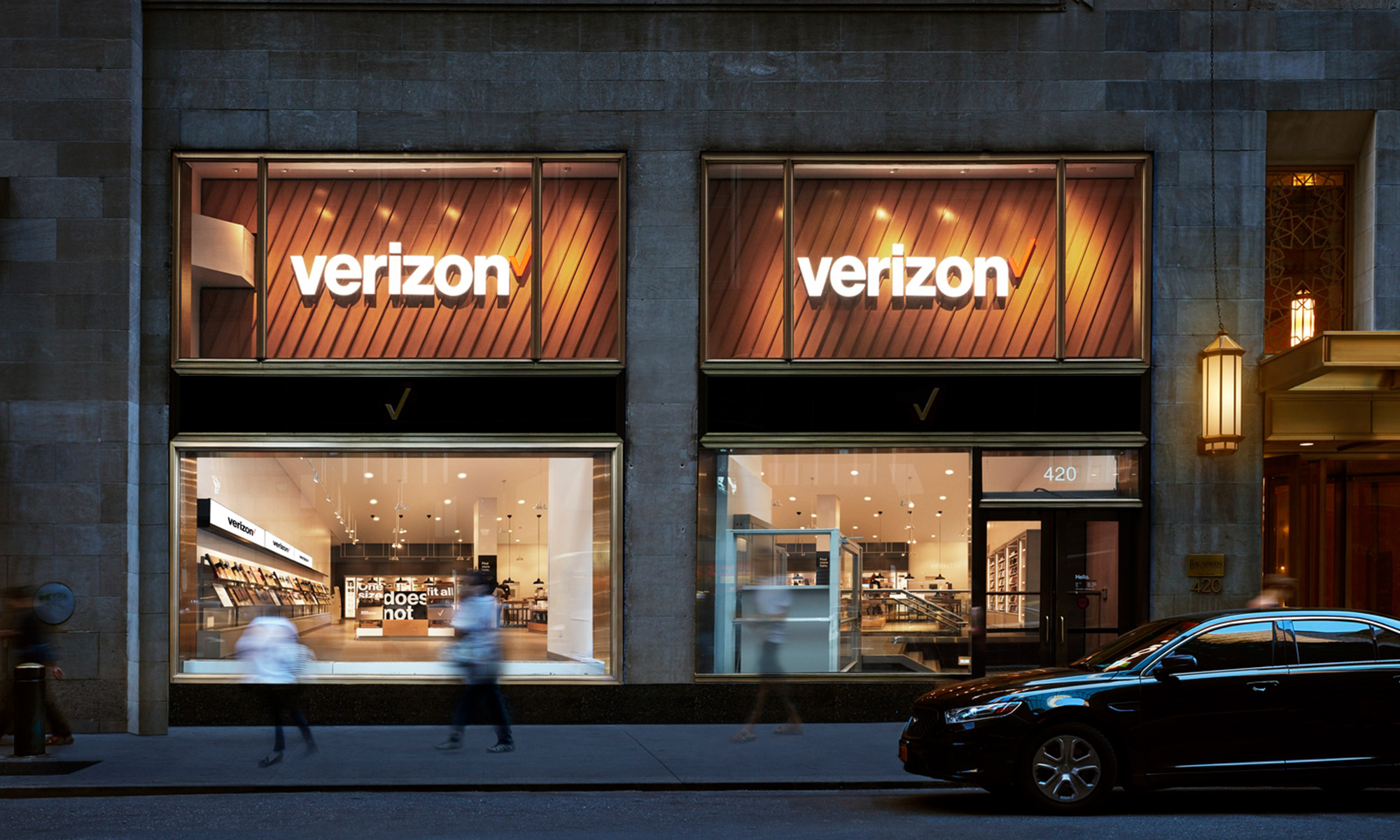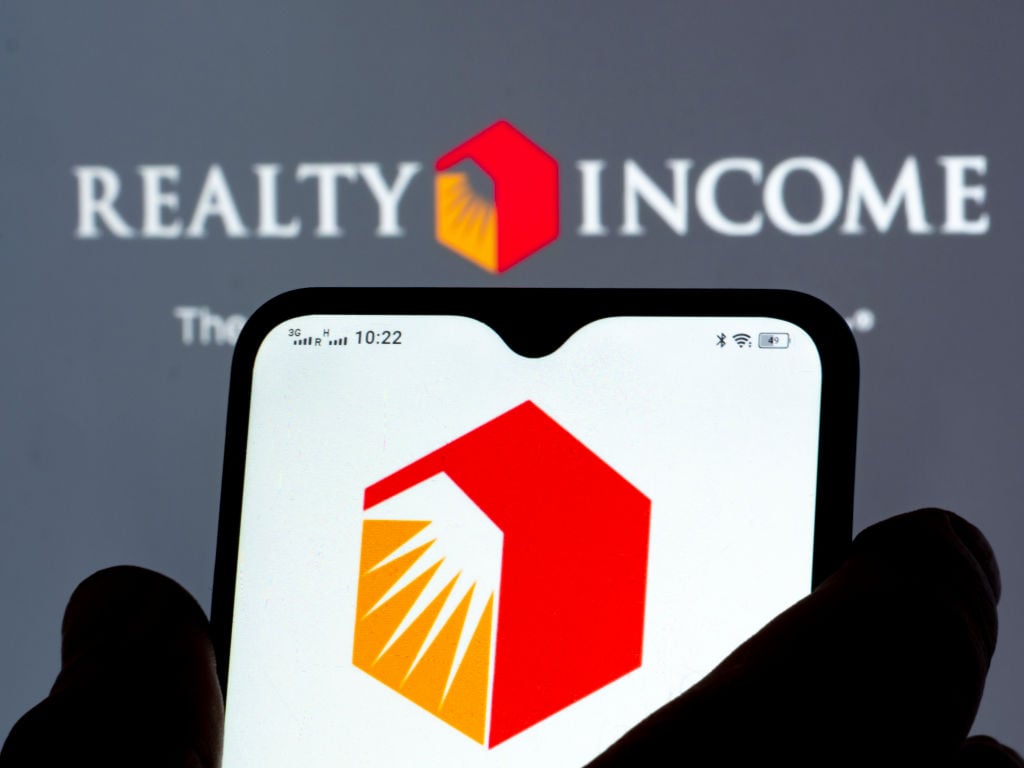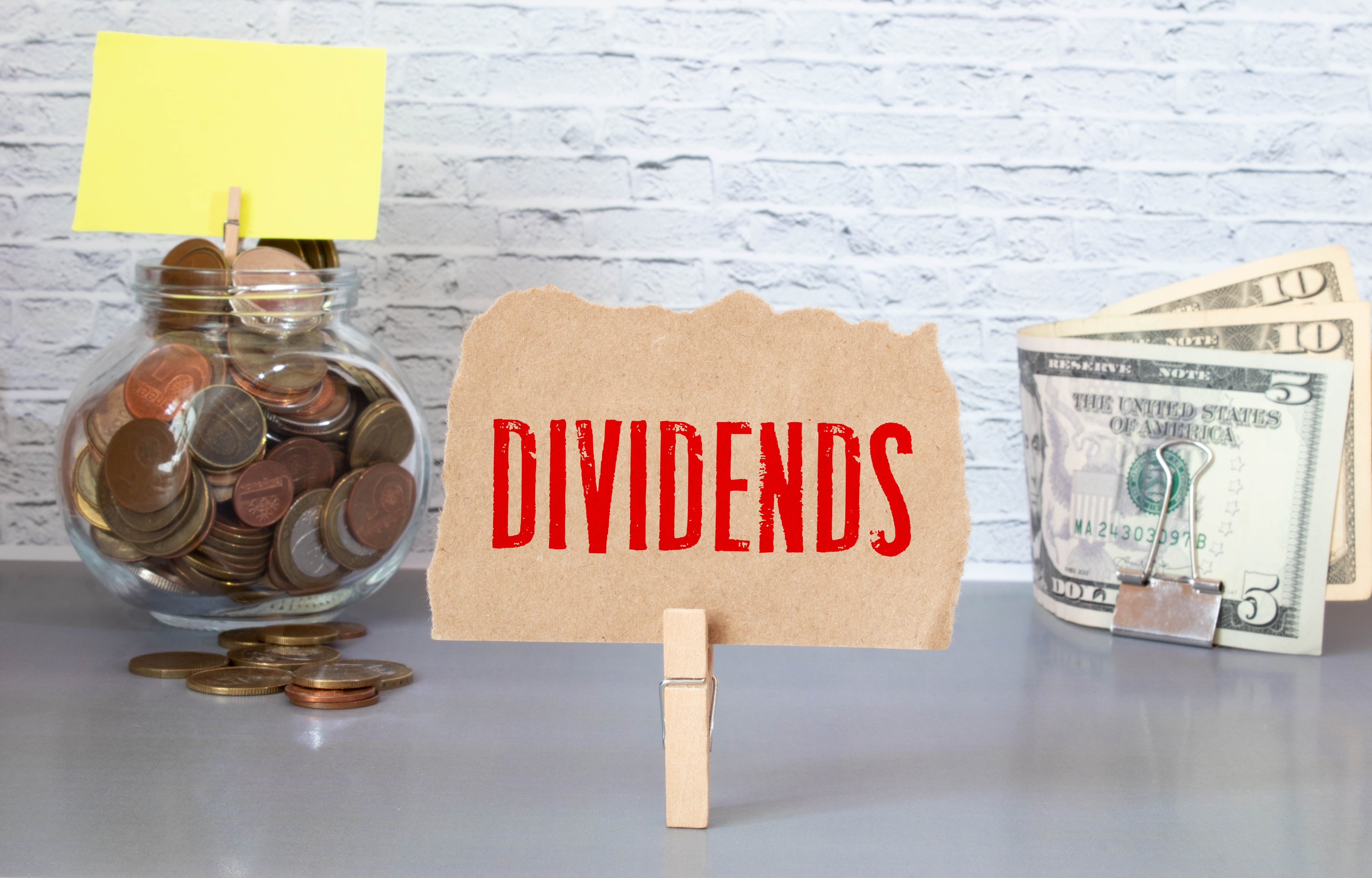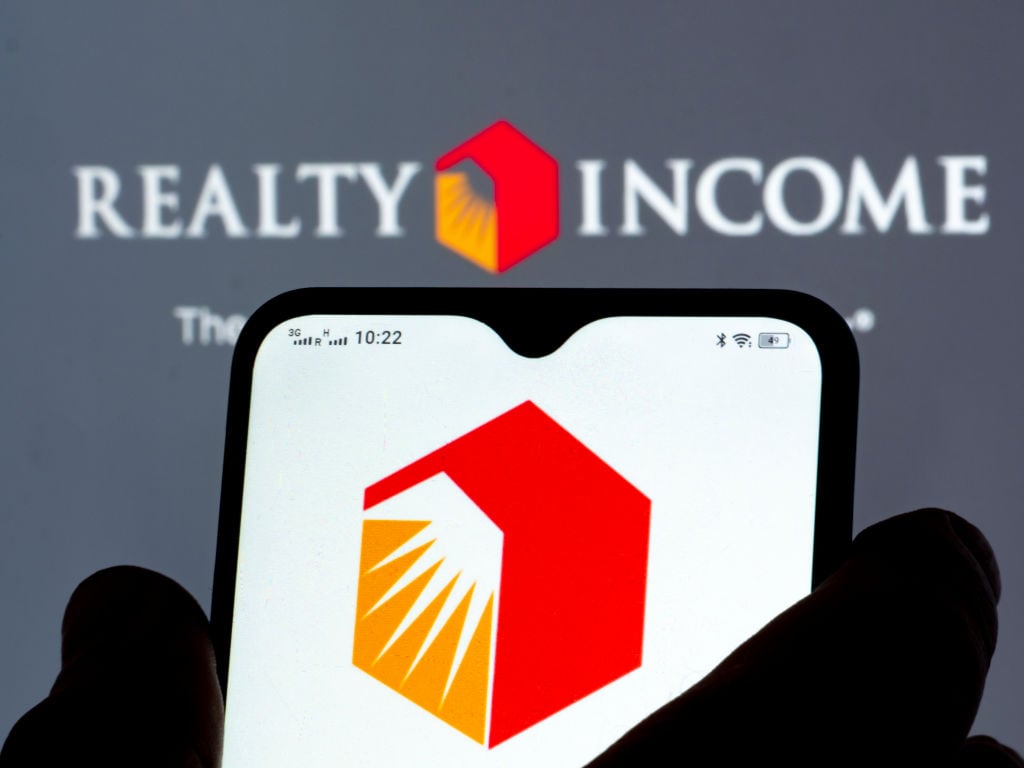Realty Income's (O +1.36%) dividend currently yields 3.8% -- which is nearly double the S&P 500's current 2% -- but the real test of a dividend is how effectively a company is able to sustain it.
The dividend currently eats up about 82% of 2019's projected adjusted funds from operations -- a non-GAAP measure that backs out depreciation and amortization that real estate investment trusts often use instead of earnings per share.
That's considered pretty reasonable for a REIT, given how much cash they're required to return to shareholders, but the real test of a dividend's strength is the power of the underlying business. And when you peel back the layers, it becomes steadily more evident that Realty Income's dividend is quite safe. Here are three key reasons why.

Image source: Getty Images.
1. Consistently high occupancy
Rent is the lifeblood of REITs like Realty Income. Empty buildings cost money that could otherwise be plowed into portfolio expansion and dividends for shareholders.
When the U.S. economy is in growth mode, it's relatively easy to find tenants and get spaces occupied. But it's when things get rough that quality properties -- and quality companies -- distinguish themselves.
And that's where Realty Income really shines. Since 1996, its occupancy has never declined below 96.6%, which happened in 2010. And even during its worst year, its peer group of S&P 500 REITs notched 91.2% occupancy -- over five percentage points worse. And keep in mind, since they're all S&P 500 components, these are the big, successful REITs.
High occupancy thanks to attractive properties means the landlord can be choosy about which tenants it accepts -- so it's probably no surprise that Realty Income also has...
2. Strong tenant quality
Tenant quality can be measured in a variety of ways -- and by almost any metric, Realty Income's look great. First, let's start with a simple smell test. Look at Realty Income's top 20 tenants, and you'll immediately notice lots of highly recognizable companies -- like FedEx, Walgreens, 7-Eleven, Regal Entertainment Group, and Kroger.
But recognizing a company's name isn't the same as believing it to be a safe tenant -- after all, most of us have heard of now-bankrupt Toys R Us. Fortunately, the credit rating agencies assign scores to companies to assess whether they're safe to lend to. And a whopping 51% of Realty Income's rental revenue comes from so-called "investment-grade" tenants -- that is, big stable companies that the credit agencies view to be fairly low risk from a debt perspective.
Of course, creditworthiness is important, but it doesn't capture the whole picture. It's also important to understand these companies' positions and their ability to prosper regardless of fickle consumer preferences. And if there's anything we've learned from Berkshire Hathaway's Geico, it's that being the low-cost provider of a particular good or service can be an incredible advantage. That's why it's great to see that so many of Realty Income's top 20 tenants have well-deserved reputations for being low-cost competitors -- companies such as Wal-Mart, Dollar General, BJ's, Dollar Tree, and Sam's Club.
Fortunately, these are just a few of Realty Income's tenants, because the company has...
3. Incredible diversity
Like tenant quality, there are a variety of ways to measure tenant diversity. The simplest is to consider Realty Income's exposure to any one company. Its largest tenant is Walgreens, which represents only 6.1% of annualized portfolio revenue. In fact, Realty Income derives just 54% of its total annualized rental revenue from its top 20 tenants combined.
Nor is Realty Income Group heavily reliant on a particular industry. Its largest exposure is to convenience stores, which represent 12.2% of annualized rent, followed by drugstores at 9.8%. And let's face it -- convenience and drug stores are probably going to be around for a long time.
The best dividends grow and give more
This powerful business has helped Realty Income triple its dividend since it went public in 1994. And Realty Income has increased the dividend in each of the past 86 quarters.
That speaks to management's dedication to regularly returning income to shareholders -- as does the fact that Realty Income's dividend is paid monthly.
With its dividend backed by a strong business with plenty of optionality, there's every reason to think Realty Income will keep paying, and growing, its dividend, to the delight of income investors everywhere.






